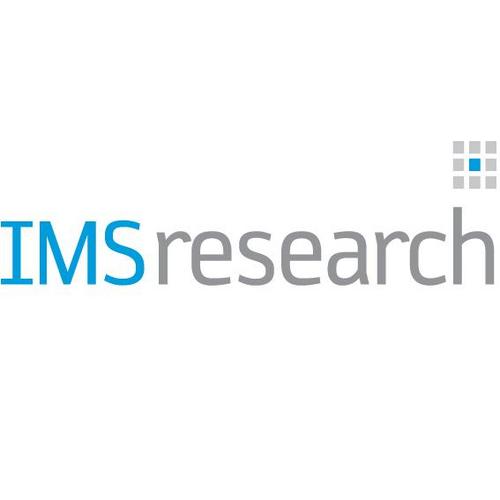IMS Research, recently acquired by IHS Inc. (NYSE:IHS), projects that the transition from Classic Bluetooth to Bluetooth Smart in consumer medical devices will be slow, with 31 percent of all consumer medical devices containing Bluetooth sold in 2016 still using Classic Bluetooth (Version 2.1) as opposed to the latest low-energy variant, Bluetooth Smart (Version 4.0).
According to the recently published report Wireless Opportunities in Health and Wellness Monitoring – 2012 edition, this transition will be slow because of high certification costs and strict regulations, which will lengthen the design cycle for companies planning to launch Bluetooth Smart variants of their consumer health devices.
“High certification costs for consumer medical devices, coupled with long design cycles and strict regulation is going to mean companies currently using Classic Bluetooth will continue to do so, while slowly bringing Bluetooth Smart variants to the market over the next five years.”
IMS Research analyst Phillip Maddocks suggests. “As long as customers feel the battery life and reliability of devices using classic bluetooth devices are satisfactory, there is no great urgency to switch to bluetooth low energy.”
Another key factor is the uptake of Bluetooth low energy in connectable devices such as cellular handsets. As penetration of Bluetooth Smart ready in these devices is still low, manufacturers of consumer medical device manufacturers are less inclined to support a small ecosystem of devices when they can support a much larger ecosystem of devices using Classic Bluetooth.
This is forecast to change, since 100 percent of cellular handsets that would typically contain bluetooth, will be bluetooth smart ready capable by 2016.
“The ecosystem of connectable devices in the consumer market for bluetooth smart devices is still very low, with only a handful of devices able to communicate natively with any new bluetooth smart devices. This is set to change over the next five years with more and more devices, in particular cellular handsets, adopting Bluetooth Smart Ready technology in place of the traditional Classic Bluetooth technology,” adds Maddocks. By providing a larger ecosystem by 2016, consumer medical device manufacturers can take advantage of bluetooth smart’s lower energy requirements, while also being connectable to billions of devices. Until this ecosystem emerges, however, classic bluetooth will continue to be used.
IMS Research’s latest report Wireless Opportunities in Health and Wellness Monitoring – 2012 edition assesses the uptake of 10 connectivity technologies in five consumer health monitoring devices, five types of dedicated health hub, and five sports and fitness monitoring devices. Additional segmentation is also provided for the uptake of consumer health devices across three major regions (Americas, EMEA, and Asia-Pacific).










